
Seven most magnificent palaces in the world
The prestigious magazine Architectural Digest has published a ranking of the world's most beautiful palaces. Let us take a look at the buildings that topped this list



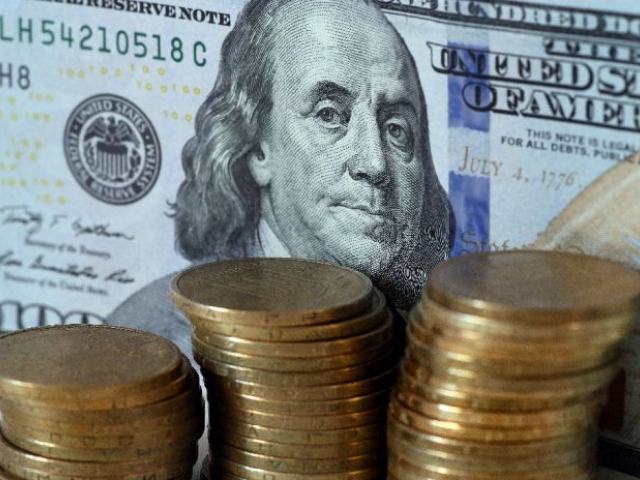
Experts admit that the global financial crisis could recur, and market participants try to figure out which of the major world currencies is best to invest in. We propose to consider those currencies that have most cheapened against the US dollar, and analyze their further prospects.
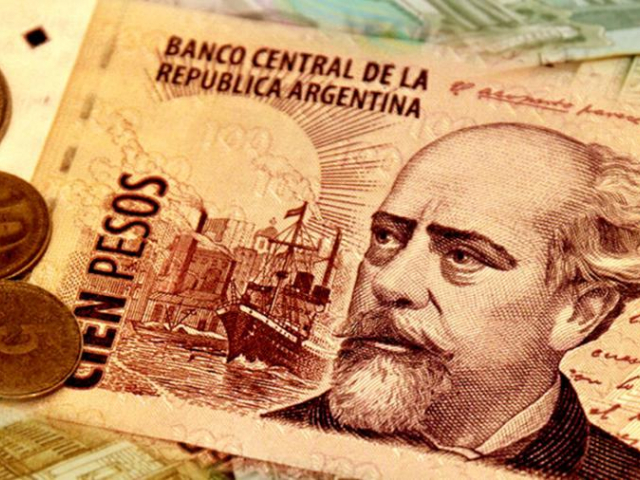
Argentine peso (level of decline: 53.4%)
The highest level of decline in price against the US dollar was recorded in Argentina. Their currency lost almost half its value. Throughout 2018, the Argentinian peso's quotes were dropping constantly. They repeatedly updated the historical minimum. Bank of Argentina had to raise rates to 60%. Note that this is one of the highest rates in the world.
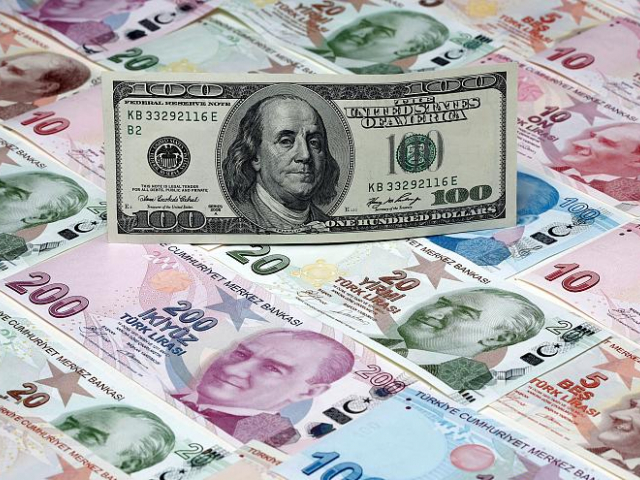
Turkish lira (level of decline: 38.6%)
The recent turmoil in the financial market of Turkey caused the Central Bank of the country to sharply raise the interest rate by 625 basis points. Turkish President Recep Tayyip Erdogan revised his previous view on refusing to raise the rate. To curb inflation, he had to take this step. The Turkish lira significantly sagged against the US dollar, triggering fears of investors.
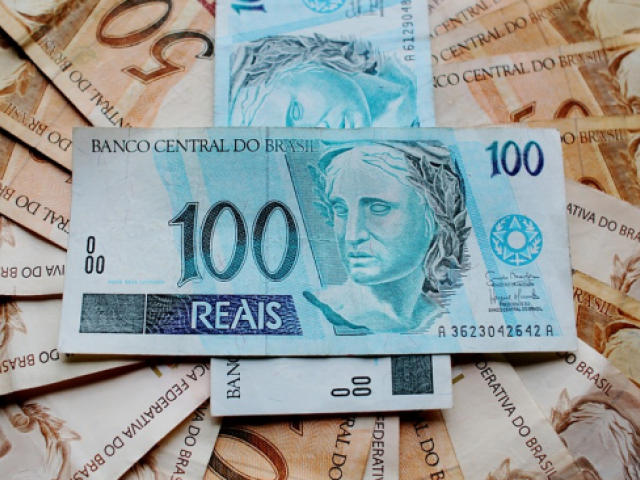
Brazilian real (level of decline: 20.6%)
In Brazil, experts recorded a serious weakening of the national currency, the real, against the US currency, more than 20%. In addition to a number of reasons, this was caused by the upcoming presidential elections. They are scheduled for next month.
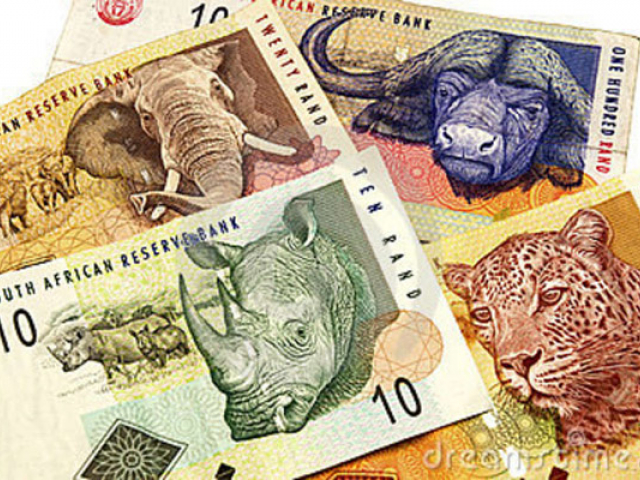
South African rand (level of decline: 17.2%)
Analysts also noted the weakening of the national South African currency. The rand sank against the US dollar by more than 17%. Experts expect that the Central Bank of South Africa will keep the interest rate unchanged at 6.50%, as the country's economy fell into recession. However, it is possible that the regulator can raise the rate by 25 basis points.
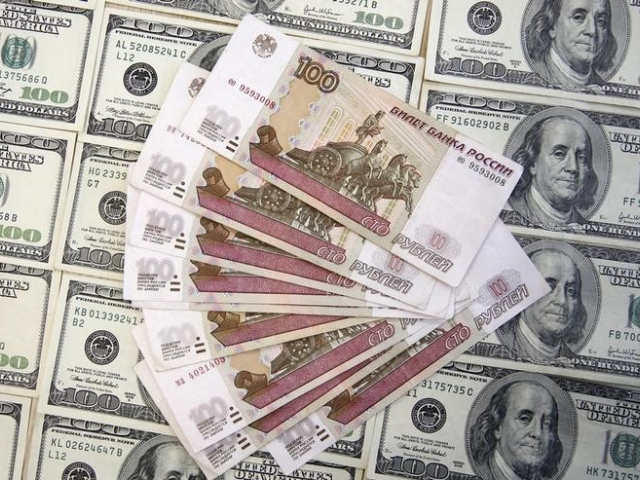
Russian ruble (level of decline: 15.2%)
Experts note a high level of volatility in the ruble exchange rate. They connect it with the current movement of capital from developing to developed economies. The current volatility of the Russian currency, as well as its fall against the US dollar, is a temporary phenomenon, experts believe.
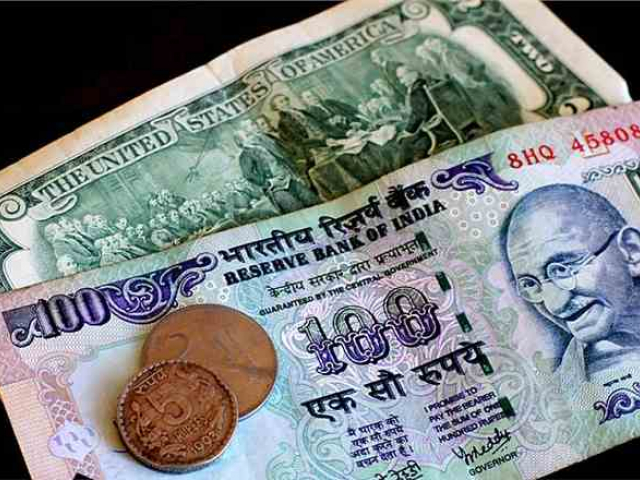
Indian rupee (level of decline: 11.2%)
In India, the national currency, the rupee, also weakened in relation to the US dollar. The rupee has fallen in price by more than 11% against the US dollar. The national currency was not supported by an increase in interest rates to the highest level in the last two years by the Central Bank of India. The authorities intend to reduce restrictions on foreign borrowing and the limit on the ownership of local companies by foreign investors.
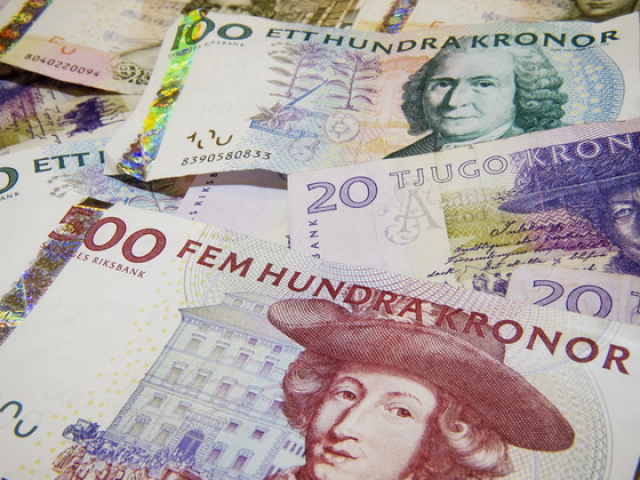
Swedish krona (level of decline: 9.4%)
This year, the Swedish krona got into the list of currencies that experienced a strong fall against the US dollar. It sank by 9.4% against the US currency. The situation was affected by negative interest rates and contradictions within the political system of Sweden. The regulator is concerned about the tension in global trade, as exports account for 45% of GDP. Sweden is particularly vulnerable to the trade conflict between the US and China and the European Union, experts believe.
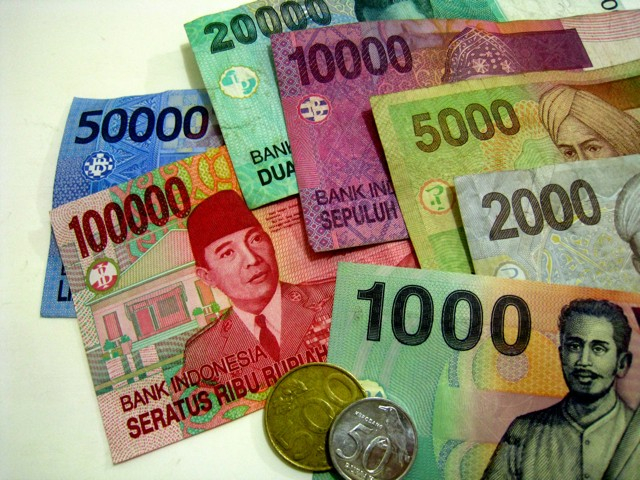
Indonesian rupee (level of decline: 8.4%)
Analysts also noted the weakening of the Indonesian national currency, the rupee, in relation to the American currency. The rupee has fallen in price against the US dollar by more than 8%. Many currencies of developing countries faced serious pressure amid the outflow of capital from emerging markets, in particular, due to the growth of interest rates in the United States. According to experts, the sale-off in emerging markets this year was the longest: this has not been observed since the financial crisis in 2008.
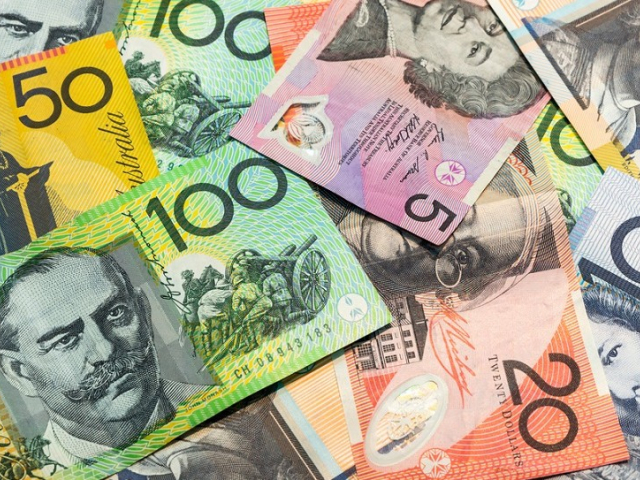
Australian dollar (level of decline: 8.3%)
Experts attribute the fall of the Australian dollar against the US dollar both to the weakness of the labor market in the country and the high probability of further easing of the monetary policy of the Bank of Australia. This currency is among those that experienced the maximum decline in value against the US currency in 2018. The Australian dollar has fallen in price against the global currency by more than 8%.
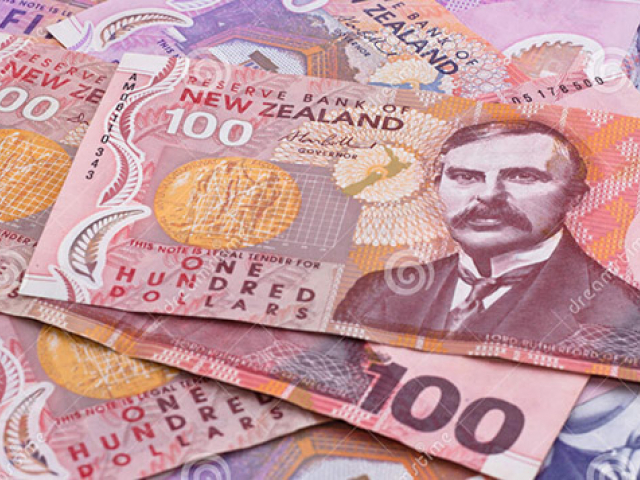
New Zealand dollar (level of decline: 7.6%)
The New Zealand dollar closes the top ten of the world currencies that experienced the most severe fall against the US dollar this year. Last month, the Reserve Bank of New Zealand kept its interest rate at a record low of 1.75%. The regulator noted that it intends to maintain the current monetary policy. The Central Bank of New Zealand lowered the rate after six consecutive sessions without any change.

The prestigious magazine Architectural Digest has published a ranking of the world's most beautiful palaces. Let us take a look at the buildings that topped this list

Winter is the perfect time to curl up in a warm blanket and enjoy drinks that bring coziness and holiday cheer. Here are seven winter drinks that are perfect for cold days

Despite the widespread belief that ultra-wealthy individuals are leaving big cities in search of privacy, most still prefer to live in bustling metropolises, according to the latest billionaire census conducted by Altrata. Let's explore which cities today have the largest concentration of people with a fortune exceeding $1 billion